| Description |
- Bridges Thunderbolt-enabled devices to DisplayPort displays.
- Supports various resolutions.
- Offers plug-and-play functionality.
- Compact design for convenience.
|
- Connector Conversion: BNC to RCA
- Compatibility: Professional to Consumer Devices
- Construction: Durable Materials
- Use Cases: Surveillance to Home Entertainment
- Easy Installation: Plug and Play
- Signal Quality: Maintained with High-Quality Cables
|
- Bluetooth Connectivity: Adds Bluetooth to devices.
- Plug-and-Play: Simple USB installation.
- Compact and Portable: Easy to carry.
- Wireless Audio: Streams music wirelessly.
- Data Transfer: Transfers files between devices.
- Compatibility: Works with various OS.
- Range: Typical range up to 10m.
- Bluetooth Versions: Supports different versions.
|
- Parallel Connectivity: Links printers, scanners to computers.
- Durable Construction: Long-lasting materials.
- Standard Connectors: DB25 connectors.
- High-Speed Transfer: Fast data exchange.
- Various Lengths: Fits different setups.
- Plug-and-Play: Easy installation.
- Compatibility: Works with many devices.
|
- Signal Conversion: BNC to HDMI
- Compatibility: Legacy to Modern Displays
- Resolution Support: SD, HD, and 4K
- Audio Integration: Some Models
- Easy Installation: Plug-and-Play
- Use Cases: Surveillance, Broadcast
- Signal Quality: Maintained with High-Quality Cables
|
- Data Transmission: Supports speeds up to 1 Gbps, ideal for most home and small business networks.
- Twisted Pair Design: Minimizes crosstalk and interference for reliable data transfer.
- Compatibility: Backward compatible with Cat5 while offering improved performance.
- Flexible and Durable: Easy to install and suitable for various networking setups.
- Applications: Connects computers, printers, routers, and other devices in LANs.
- Color Coding: Available in various colors for easy organization in networking installations.
- Affordability: Provides reliable performance at a reasonable price point.
- Standards Compliance: Meets TIA/EIA specifications for Cat5e cabling standards
|
| Content | A Thunderbolt-to-DisplayPort adapter is a device used to connect a Thunderbolt-enabled device, such as a computer or laptop, to a DisplayPort-enabled display or monitor.
Here's a brief description of its functionality and features:
- Connectivity: The adapter allows you to bridge the gap between devices with Thunderbolt ports and displays equipped with DisplayPort connectors.
- Compatibility: It is designed to work with devices that have Thunderbolt ports, including MacBooks, PCs, and laptops, and displays that support DisplayPort connections.
- Display Support: It enables you to transmit video and audio signals from your Thunderbolt device to the DisplayPort display, allowing you to mirror or extend your screen.
- Resolution Support: Depending on the specific adapter and the capabilities of your devices, it may support various resolutions, including Full HD (1080p), Quad HD (1440p), and even Ultra HD (4K) resolutions.
- Plug-and-Play: In most cases, these adapters are plug-and-play devices, requiring no additional software installation. Simply connect the adapter to your Thunderbolt port and the DisplayPort cable to your display, and your devices should recognize each other.
- Compact Design: They typically have a compact and portable design, making them convenient for travel or use in different work environments.
- Bi-Directional Support: Some adapters may support bi-directional functionality, allowing you to connect a Thunderbolt-enabled display to a device with a DisplayPort output.
Overall, Thunderbolt-to-DisplayPort adapters provide a simple and effective solution for connecting Thunderbolt devices to DisplayPort displays, ensuring compatibility and seamless transmission of audio and video signals. | BNC-to-RCA adapters are connectors used to convert BNC (Bayonet Neill-Concelman) connections to RCA (Radio Corporation of America) connections, allowing compatibility between devices with different types of connectors. Here's a description of their features:
- Connector Conversion: BNC-to-RCA adapters enable the conversion of BNC connectors, commonly found in professional video equipment and surveillance systems, to RCA connectors, which are more prevalent in consumer electronics such as TVs, VCRs, and DVD players.
- Compatibility: These adapters allow devices with BNC outputs, such as CCTV cameras or professional video equipment, to be connected to devices with RCA inputs, such as TVs or monitors.
- Construction: BNC-to-RCA adapters typically have a female BNC connector on one end and a male RCA connector on the other end. They are constructed with durable materials to ensure reliable signal transmission.
- Use Cases: They are commonly used in various applications where compatibility between BNC and RCA connections is required. For example, they can be used to connect surveillance cameras to consumer-grade monitors or to integrate professional video equipment with home entertainment systems.
- Easy Installation: These adapters are simple to use and require no tools for installation. Users can easily plug the BNC end into the device's BNC output and connect the RCA end to the RCA input of the target device.
- Signal Quality: While adapters themselves do not affect signal quality, it's essential to ensure that the cables used with the adapters are of high quality to maintain signal integrity during transmission.
Overall, BNC-to-RCA adapters provide a convenient solution for bridging the gap between devices with BNC and RCA connectors, allowing for seamless connectivity in various audiovisual setups. | Bluetooth dongles, also known as Bluetooth adapters, are small devices that enable Bluetooth connectivity for devices that do not have built-in Bluetooth capabilities. They are commonly used to add wireless connectivity to computers, laptops, and other devices, allowing for easy data transfer, audio streaming, and device pairing.
Key Features:
- Bluetooth Connectivity: Adds Bluetooth functionality to devices without built-in Bluetooth support, enabling wireless communication with other Bluetooth-enabled devices such as smartphones, headphones, and speakers.
- Plug-and-Play: Simple installation process; plug the dongle into a USB port, and it's ready to use with no additional drivers required for most operating systems.
- Compact and Portable: Small, lightweight design makes them easy to carry and use with multiple devices, ideal for travel and on-the-go use.
- Wireless Audio Streaming: Supports Bluetooth audio streaming, allowing users to wirelessly stream music, podcasts, and other audio content to compatible Bluetooth speakers or headphones.
- Data Transfer: Facilitates wireless data transfer between devices, such as transferring files between a computer and a smartphone or tablet.
- Range: Provides a typical range of up to 10 meters (33 feet), depending on environmental factors such as obstacles and interference.
- Compatibility: Works with a wide range of operating systems, including Windows, macOS, Linux, Android, and others.
- Bluetooth Versions: Available in different Bluetooth versions (e.g., Bluetooth 4.0, Bluetooth 5.0), offering varying levels of performance, range, and energy efficiency.
- Low Energy Support: Some models support Bluetooth Low Energy (BLE) technology, which is ideal for applications requiring minimal power consumption, such as Bluetooth-enabled wearable devices.
Typical Use Cases:
- Connecting Peripherals: Pairing wireless keyboards, mice, and other peripherals with computers or laptops.
- Audio Streaming: Streaming music, podcasts, or other audio content from a computer or mobile device to Bluetooth speakers or headphones.
- File Transfer: Transferring files between devices wirelessly, such as photos, documents, or music files.
- Gaming: Using wireless game controllers or accessories with computers or gaming consoles.
- Hands-Free Calling: Pairing smartphones with Bluetooth-enabled car stereos or headsets for hands-free calling while driving.
|
Parallel printer cables are essential accessories for connecting printers, scanners, and other parallel devices to computers and other compatible devices. These cables facilitate data transfer between devices, allowing for efficient printing and document scanning.
Key Features:
- Parallel Connectivity: Designed specifically for parallel ports, these cables provide reliable connections between printers, scanners, and computers.
- Durable Construction: Made with high-quality materials to ensure durability and longevity, even with frequent use.
- Standardized Connectors: Equipped with standard DB25 connectors on both ends for compatibility with various devices.
- Bi-Directional Communication: Supports bi-directional communication between the connected devices, enabling efficient data transfer.
- High-Speed Data Transfer: Capable of transferring data at high speeds, ensuring fast printing and scanning processes.
- Shielded Design: Shielded construction minimizes electromagnetic interference, ensuring stable connections and data integrity.
- Various Lengths: Available in various lengths to accommodate different setup configurations and distances between devices.
- Plug-and-Play: Simple installation process; just connect the cable to the parallel ports on the devices, and they're ready to use.
- Compatibility: Compatible with a wide range of printers, scanners, and computers equipped with parallel ports.
Typical Use Cases:
- Connecting Printers: Used to connect dot matrix printers, laser printers, and other parallel printers to computers.
- Scanning Documents: Connects scanners to computers for document scanning and digitalization.
- Legacy Devices: Useful for connecting older devices with parallel ports to modern computers or printers.
- Industrial Applications: Used in industrial environments for connecting printers, barcode scanners, and other devices.
Considerations for Purchase:
- Length: Choose a cable length that suits your setup and the distance between devices.
- Connector Type: Ensure compatibility with the parallel ports on your devices (DB25 connectors are most common).
- Durability: Look for cables with sturdy construction and good shielding to ensure reliability and longevity.
- Compatibility: Verify compatibility with your devices' operating systems and parallel port specifications.
- Bi-Directional Support: If bi-directional communication is required for your devices, ensure that the cable supports this feature.
Parallel printer cables provide a simple and effective solution for connecting printers, scanners, and other parallel devices to computers, facilitating efficient data transfer and reliable operation.
|
BNC-to-HDMI adapters are connectors designed to convert BNC (Bayonet Neill-Concelman) video signals to HDMI (High Definition Multimedia Interface) signals. Here's a description of their features:
- Signal Conversion: BNC-to-HDMI adapters allow devices with BNC outputs, such as surveillance cameras or professional video equipment, to connect to devices with HDMI inputs, such as modern TVs, monitors, or projectors.
- Compatibility: These adapters bridge the gap between legacy BNC video equipment and modern HDMI displays, enabling seamless connectivity between different types of devices.
- Resolution Support: BNC-to-HDMI adapters typically support various resolutions, including standard definition (SD), high definition (HD), and even some higher resolutions like 4K, depending on the adapter's capabilities.
- Audio Integration: Some BNC-to-HDMI adapters also support audio transmission, allowing both video and audio signals to be converted and transmitted through the HDMI connection.
- Construction: These adapters are constructed with durable materials to ensure reliable signal transmission and longevity.
- Easy Installation: They are typically plug-and-play devices, requiring no additional drivers or software installation. Users can simply connect the BNC end to the device's BNC output and the HDMI end to the HDMI input of the target device.
- Use Cases: BNC-to-HDMI adapters are commonly used in surveillance systems, broadcast studios, and other professional video setups where older BNC equipment needs to be integrated with modern HDMI displays.
- Signal Quality: While adapters themselves do not affect signal quality, it's essential to ensure that the cables used with the adapters are of high quality to maintain signal integrity during transmission.
Overall, BNC-to-HDMI adapters provide a convenient solution for integrating legacy BNC video equipment with modern HDMI displays, offering compatibility and flexibility in various audiovisual setups.
| Cat5e Ethernet cables are twisted pair cables primarily used for networking. Here's a brief description of their features:
- Data Transmission: Cat5e cables are capable of transmitting data at speeds up to 1000 Mbps (1 Gbps) over short distances, making them suitable for most home and small business networks.
- Twisted Pair Design: They feature twisted pairs of copper wires, which helps reduce crosstalk and electromagnetic interference, ensuring reliable data transmission.
- Compatibility: Cat5e cables are backward compatible with older networking standards like Cat5, but they offer improved performance and support higher data transfer rates.
- Flexible and Durable: These cables are flexible and easy to install, suitable for various networking setups. They come in different lengths to accommodate different distances.
- Applications: Cat5e cables are commonly used to connect computers, printers, routers, switches, and other networking devices within a local area network (LAN).
- Color Coding: They typically come in various colors, with the most common being blue, gray, and white. Color coding helps with cable management and organization in networking installations.
- Affordability: Cat5e cables are cost-effective solutions for most Ethernet networking needs. They provide reliable performance at a reasonable price point.
- Standards Compliance: Cat5e cables meet the specifications defined by the Telecommunications Industry Association (TIA) and the Electronic Industries Alliance (EIA) for Cat5e cabling standards.
|
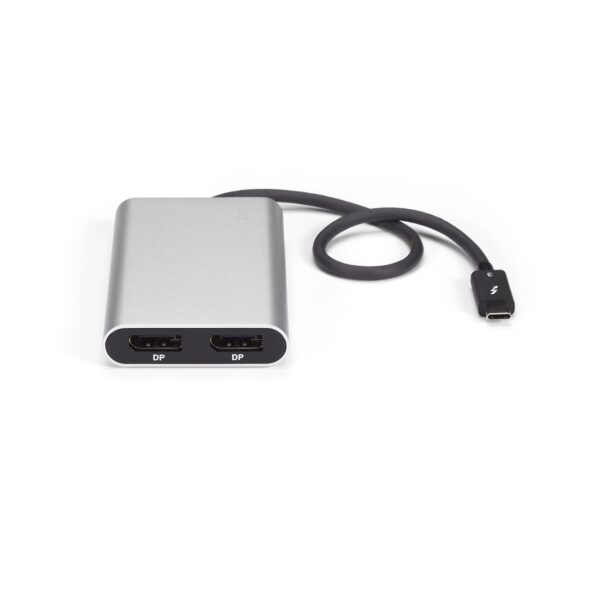
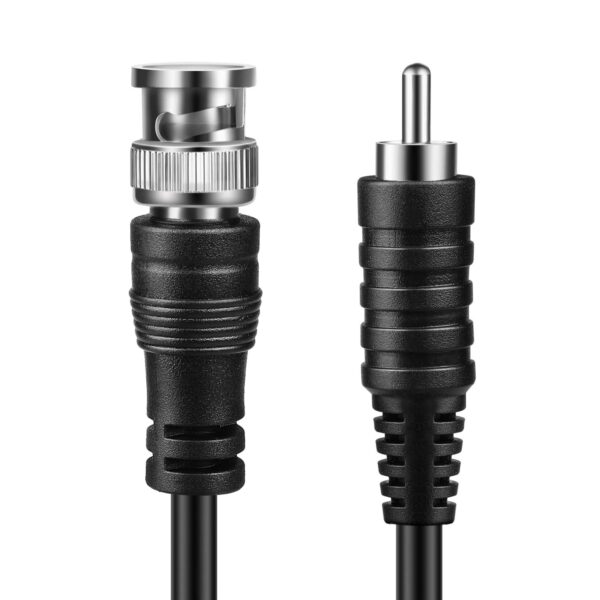
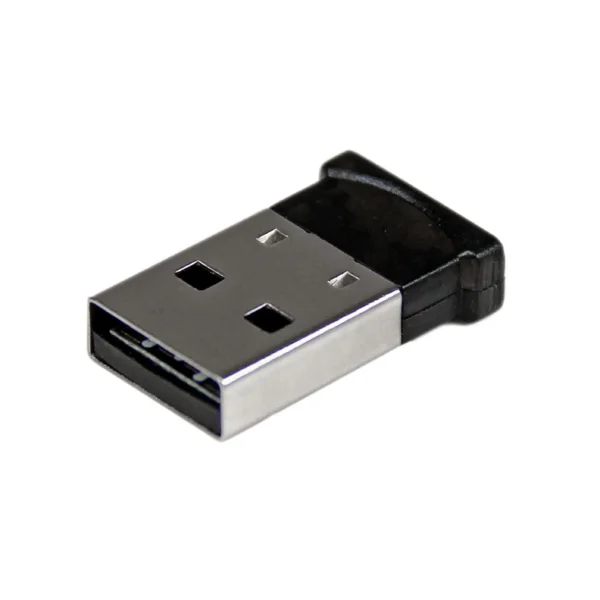
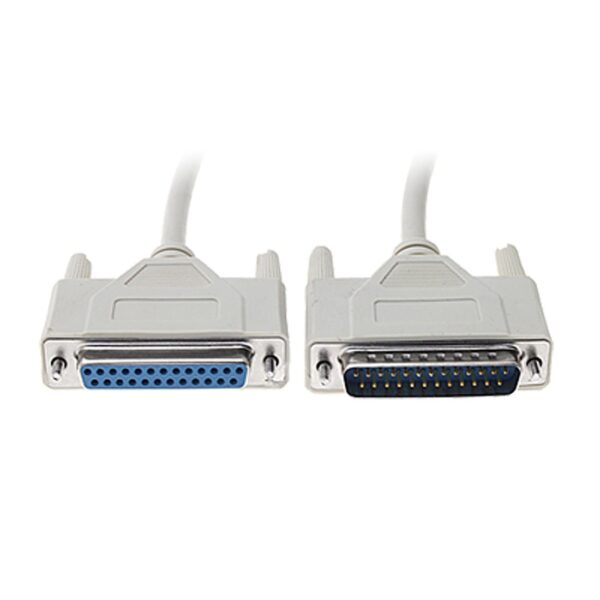
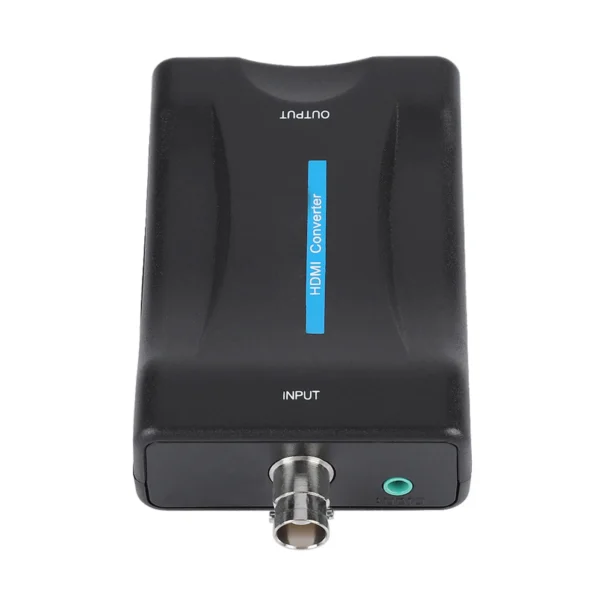
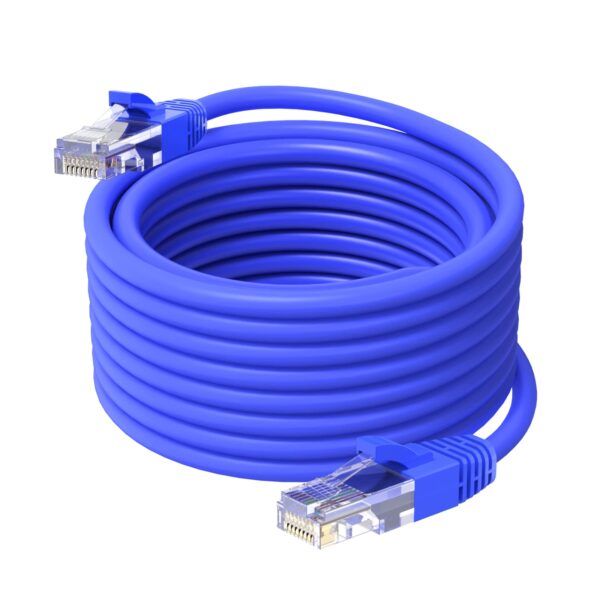















Rating & Review
There are no reviews yet.